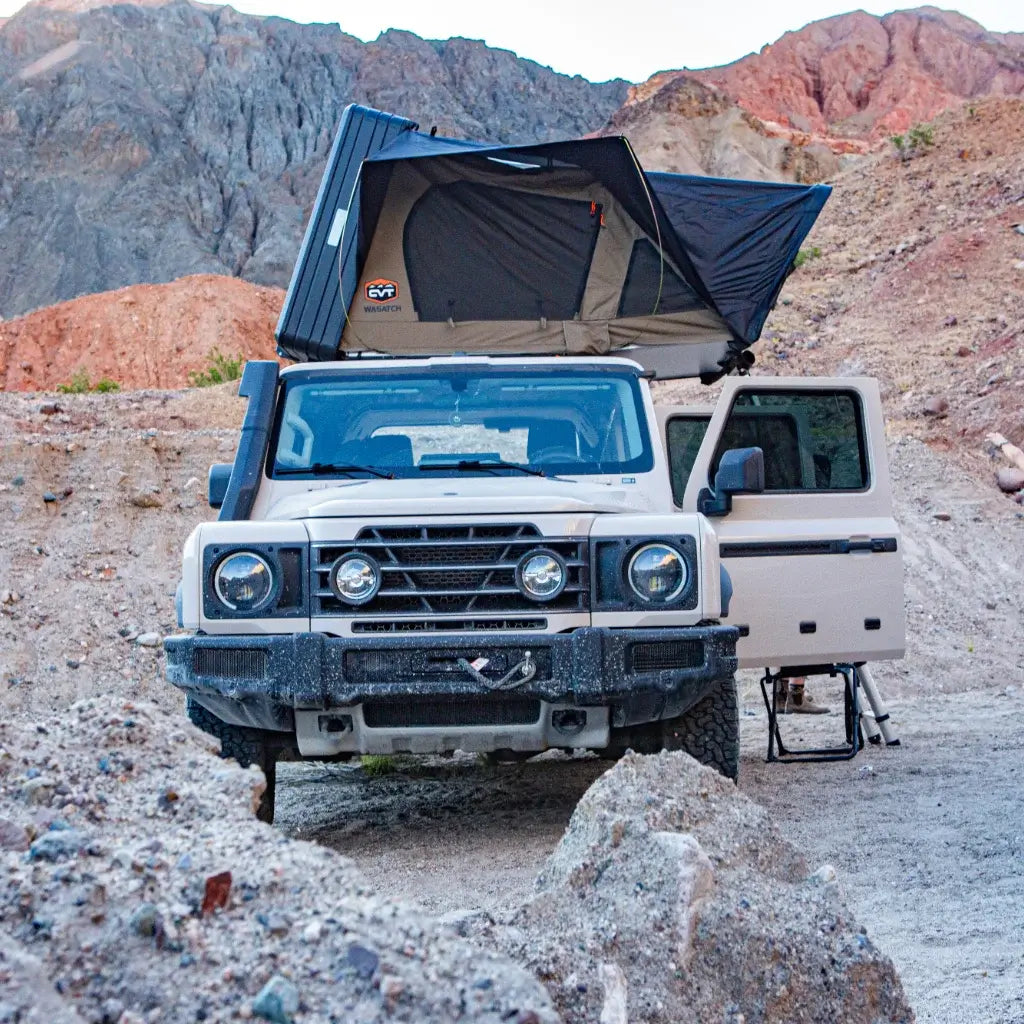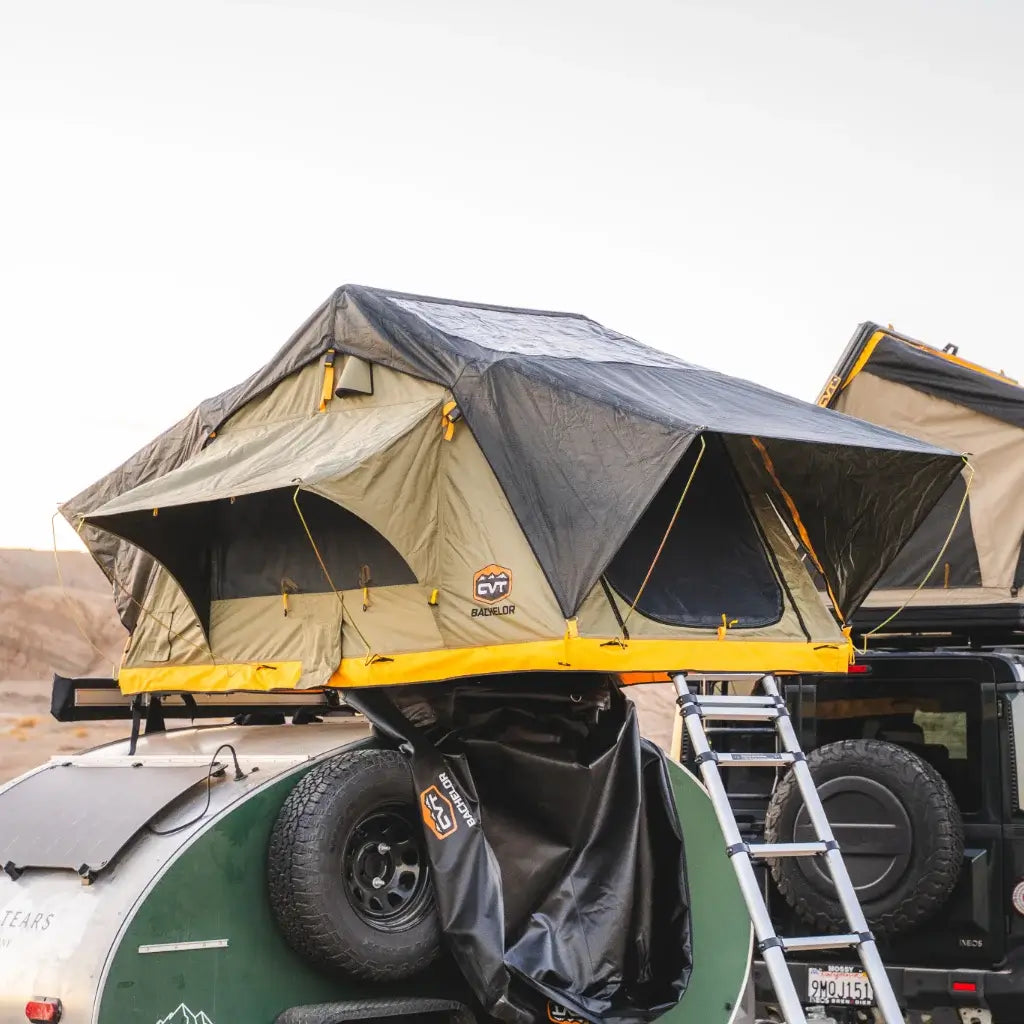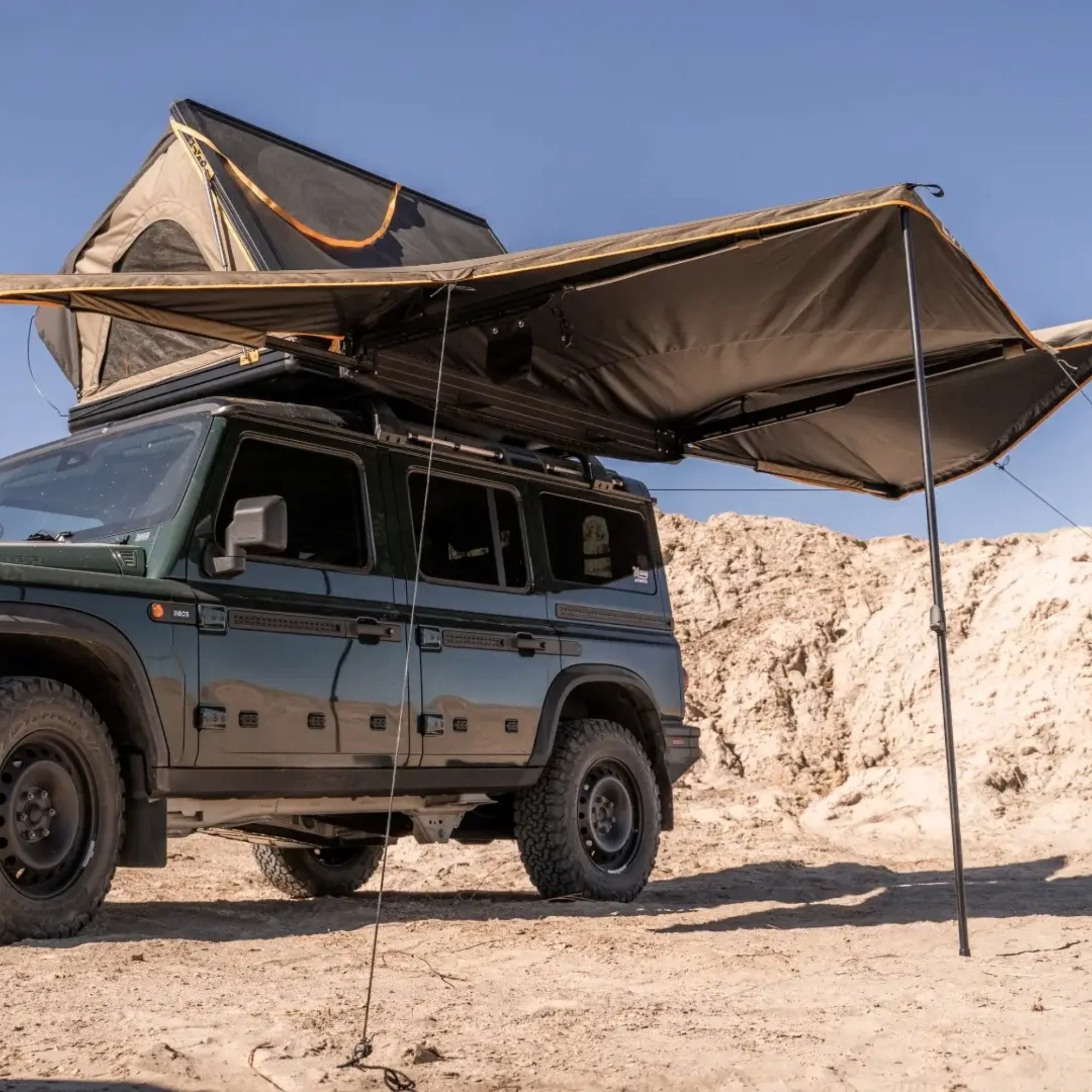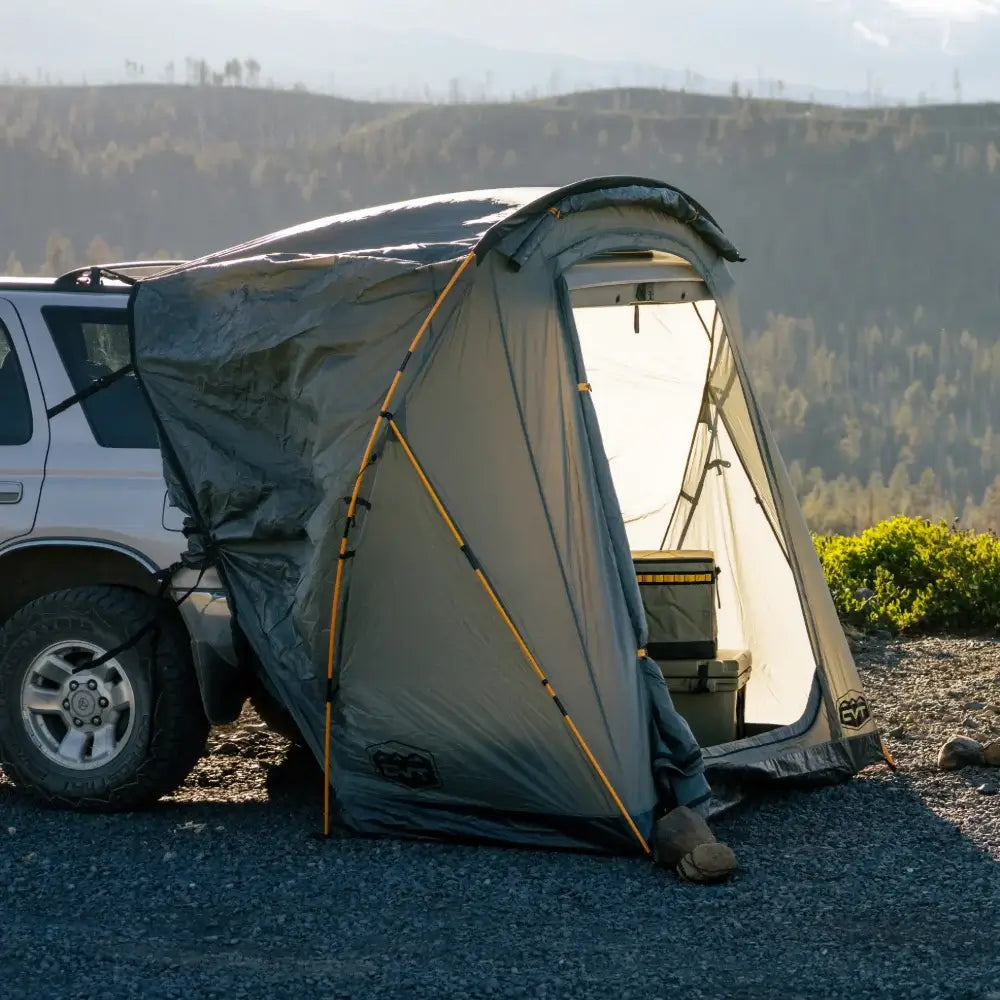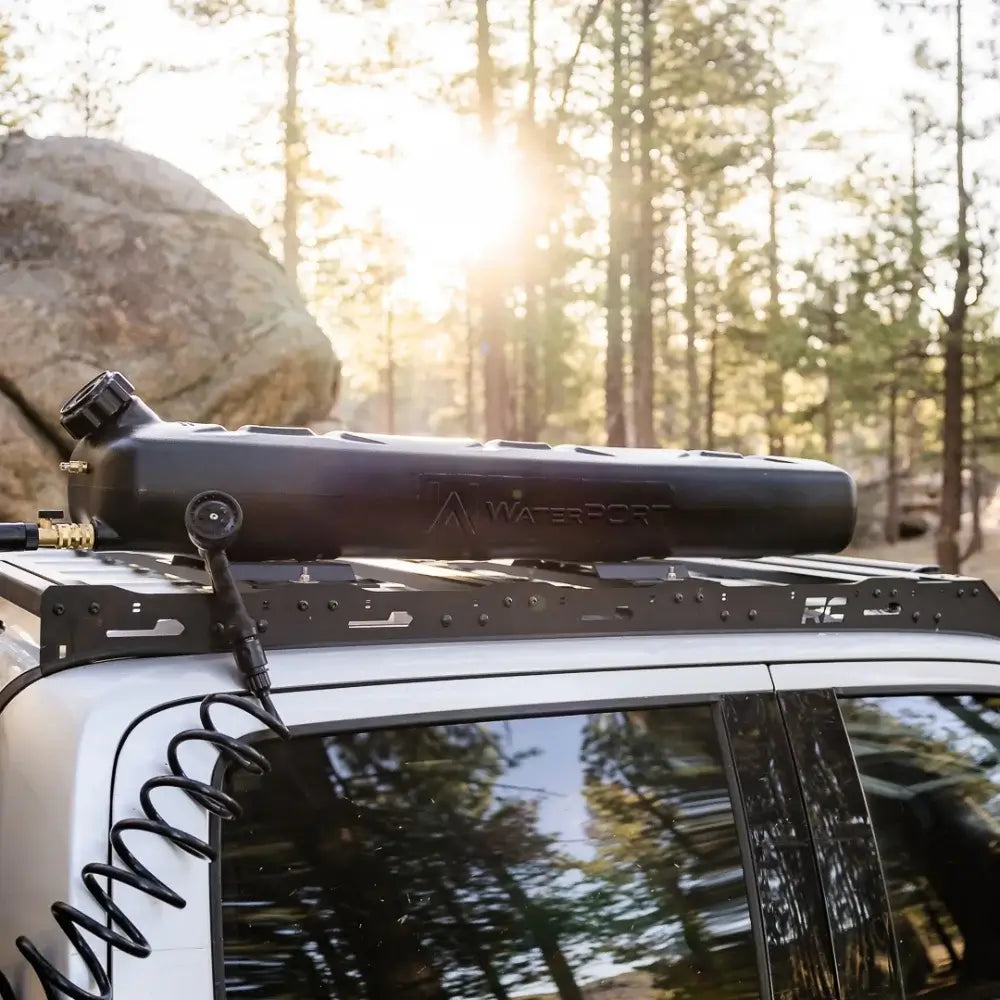
How often did you find a littered and trampled place, covered with black spots from the fires built by previous visitors, instead of a picturesque campground? People have a direct influence on the environment, and that’s why it is vital to have a clear understanding of what to do and what not to when exploring the great outdoors.
This guide contains the seven fundamental principles that enable campers to preserve nature by following simple steps. Read ahead to learn everything you need to know about them!
What Are the Leave No Trace Principles?
“Leave No Trace” is a set of outdoor ethics based on respect for nature and for other campers. Its goal is to preserve the environment’s pristine state. These golden rules provide a framework for decision-making when exploring the wilderness and help you organize your trip.
The 7 principles of Leave No Trace are:
1. Plan Ahead and Prepare

While, at first glance, your camping planning process might seem to have little impact on the environment, the reality is that its influence is major.
For instance, the travelers’ level of preparation determines how much waste they generate and how they dispose of it, or whether they wander off the trail and trample previously untouched areas.
Here is how to level up your camping preparedness:
- Plan travel for periods with less traffic.
- Travel in small groups whenever possible. For instance, large groups can consider splitting into several parties with fewer people in each.
- Know the area-specific regulations and peculiarities of the place you plan to visit (weather conditions, restrictions on making fires, hiking permits, etc.)
- Be prepared for bad weather conditions, potential hazards, and emergencies.
- Create a meal plan in advance and repackage the food supply to minimize waste.
- Use the map and compass when navigating and avoid paint, stone cairns, and marking tape that alter the environment.
2. Travel and Camp on Durable Surfaces

Selecting the right campground is a critical factor that should be prioritized by outdoor enthusiasts.
Here are the Leave No Trace policy points that will guide you in making the right campsite choices:
- Camp on durable surfaces, such as designated rest areas, established trails and campsites, surfaces of stone, gravel, dry grass, and snow.
- Protect riparian areas by allowing at least 200 feet from lakes and streams.
- Don’t create a good camping spot - find it, and don’t make alterations!
When exploring commonly visited areas, do the following:
- Use existing trails and campsites whenever possible.
- Walk in a single file along the center of the trail, even when it is wet or dirty. This is so that narrow paths do not turn into wide trodden ones over time.
- Minimize your camping space.
- Concentrate your activity in areas where there is no vegetation.
In pristine areas:
- Disperse activity to prevent the formation of new trails and camping areas.
- Avoid places where the impact on the terrain has just begun (lightly trodden paths, barely cleared campgrounds. etc.)
3. Dispose of Waste Properly

While camping is thought to be an environment-friendly way of travel, it still causes plenty of pollution. Here is how to minimize it from your side:
- Pack out everything you brought with you.
- Remove any trash and food leftovers from the camping area.
- Pack out the toilet paper and hygiene products.
- Use water for washing your body or dishes at a distance exceeding 200 feet from lakes or streams.
- Use a small amount of eco-friendly soap.
- Leave solid human waste in pits 6-8 inches deep, located over 200 feet away from water, campgrounds, and trails. Cover and mask the hole before leaving.
- Scatter strained dishwater over a large area.
4. Leave What You Find

Treating the objects and structures that you encounter along the way with respect goes a long way.
Remember the Leave No Trace rules of observation and preservation:
- Inspect, but do not touch cultural or historical structures.
- Leave natural objects, such as rocks and plants, in their pristine condition.
- Don’t bring along species that are not native to the habitat.
- Avoid building structures and digging trenches, as it may pose a danger to local fauna.
5. Minimize Campfire Impacts

Nearly 85% of forest fires are caused by humans. Here are some things to keep in mind to maintain the safety and natural state of the environment:
- To avoid the long-term environmental damage that can be caused by campfires, use a lightweight stove for cooking and a candle lantern or flashlight for lighting.
- In areas where campfires are permitted, opt for an established fire ring, fire pan, or mound fire to reduce the negative influence on the soil.
- Minimize the size of the fire.
- Use only dry wood found on the ground that can be broken by hand.
- Burn wood and coals to ashes and extinguish the fire completely.
- Scatter cold ash over a large area.
6. Respect Wildlife

Wild animals are the main inhabitants of the great outdoors. Here is how to avoid disturbing them, stay safe, and leave no trace behind:
- Observe the fauna from afar.
- Don’t approach animals.
- Never feed animals, as it has a negative impact on their health, intervenes with natural behavior, and makes them more vulnerable to predator attacks.
- Prevent wildlife encounters by keeping your food and trash safe.
- Always watch over your pets, or leave them at home.
- Stay away from animals during mating, nesting, when raising young, or winter periods.
7. Be Considerate of Other Visitors

You’re not alone in your desire to enjoy outdoor adventures. Make sure you are considerate toward other travelers by following these guidelines:
- Respect other campers and be mindful of the quality of their stay.
- Be courteous and make way for other people on the trail.
- Relax and camp away from trails and other hikers.
- Avoid loud noises and screams, let the sounds of nature prevail.

